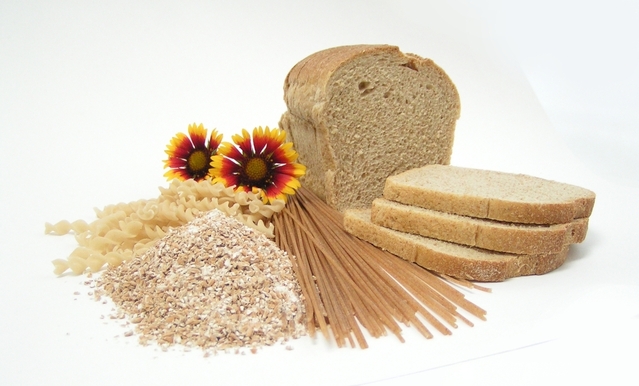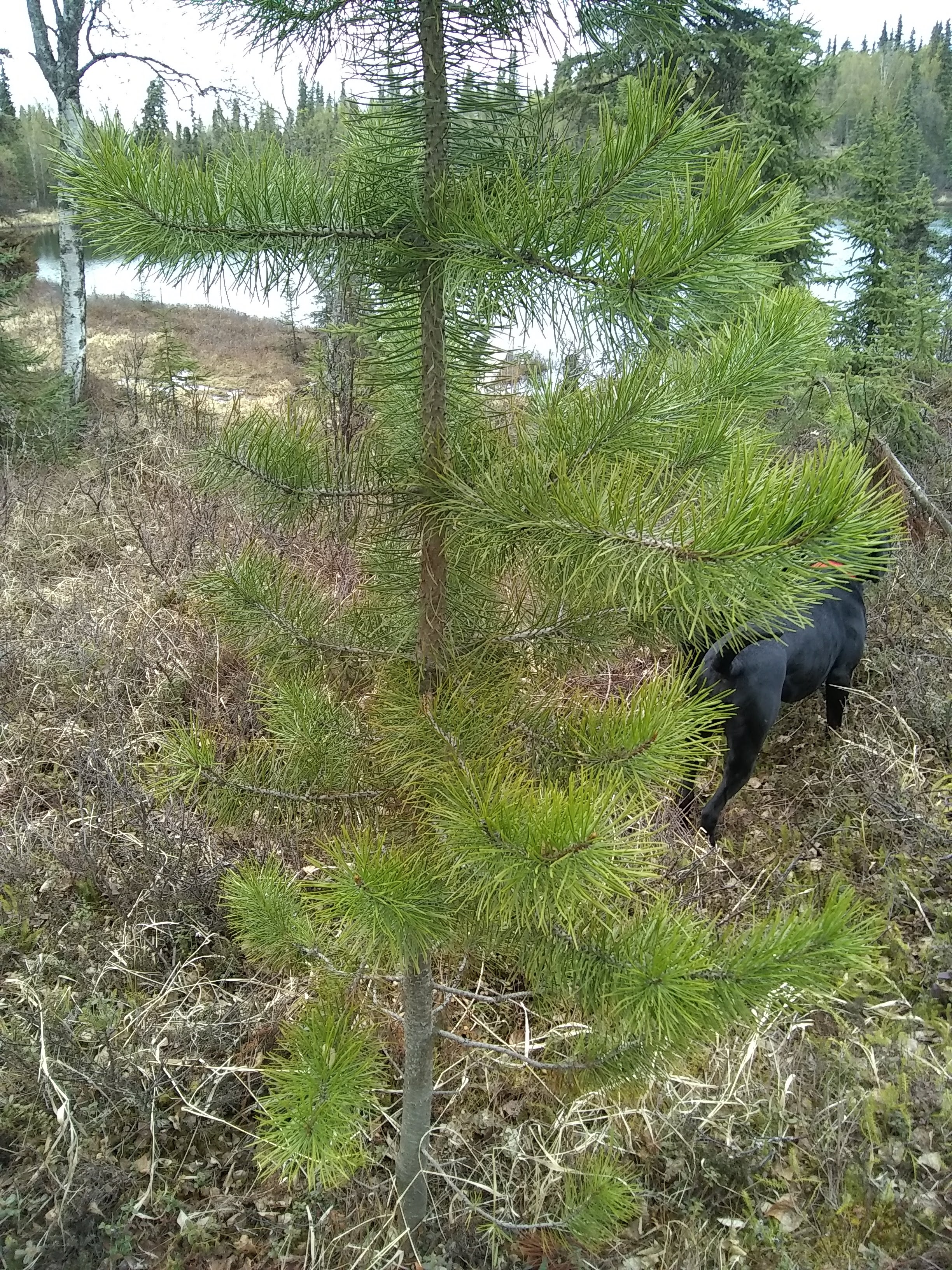10 plants you need to know not to feed your goats in Alaska
Hey there! I have several friends of mine that own goats and other livestock. They tell me that goats can practically eat anything, even plastic (which is still not recommended)! However, in my studies of Alaskan plants, I have come across that livestock, including goats, shouldn’t really eat. So if you’ve ever wanted goats, be sure they don’t graze in areas that have these plants.
Poison to humans and goats

Water and Poison Hemlock: This should go without saying, but poison hemlock can look like angelica so it can be difficult to tell the difference between the two. Water and poison hemlock are the most poisonous plants in North America and cause convulsions. Symptoms can appear fifteen minutes to an hour after ingestion.

False Hellebore: When first coming up, the shoots can look like twisted stalk (watermelon berry). The alkaloids present will cause a reaction within ten minutes of ingestion. If a pregnant animal eats it and survives, the baby will be born deformed.


Monkshood and Delphinium: I would put this in the overgrazing category as well. My sources say that cattle can get poisonings from the alkaloids, but sheep are less affected by said alkaloids. However, both are on the list from Cornell on what not to feed goats, which I have included further down on the list.

Camas: The only sort of livestock that doesn’t seem to be affected by death camas, and others in the Zygadenus species, seems to be hogs. All others, including goats and horses, have died from eating the flowers and leaves.
Poisonous to Goats and Livestock:
Marsh Marigold: The toxins contained in the fresh leaves have cause the death of livestock. But if you dry them and mix it with their regular feed, the toxins are rendered harmless.

Shield Ferns: Cooked fiddleheads are a tasty treat for humans. But once a frond is above six inches and the frond matures they become toxic. These mature fronds have been linked to deaths of livestock.
Don’t overgraze on these plants:

Lupine: While a few may be safe, overgrazing has caused poisoning in sheep and cows. This was specifically the pods and seeds. I haven’t found any reference to goats specifically, but in any case, I would steer clear of overgrazing for goats too.

Arrow Grass: There is a high amount of hydrocyanic acid (cyanide) in arrow grass. However, it seems that a large amount due to overgrazing is the reason for death in livestock as the poisoning isn’t cumulative.

Clover: Overgrazing of clover can cause bloating and skin sensitivity. I don’t know about the effect on goats, but cattle who overgraze tend to bleed to death when they get hurt.
Wild Mustard Seeds: Overgrazing of mustard seeds has caused poisoning in livestock.
Other sources that include plants that don’t grow in Alaska.
While my books on Alaska plants don’t go over everything a goat can’t have, here are some other ones that are specific to or are often grown in Alaska that I found from Cornell University.
Baneberry
Buttercups
Elderberry
Poppy
Marijuana
I hope you enjoyed that and it is helpful for if you’re new to raising goats or thinking about it.
If you want to learn more about plants that are dangerous to humans all around, check out my post about it here. You can also check out my post about plants that bite back.




